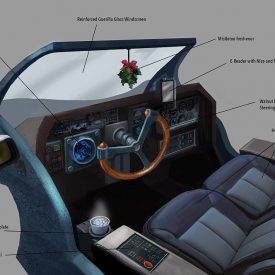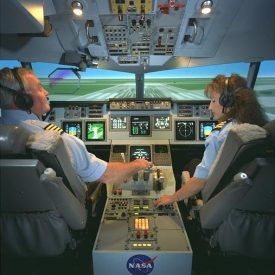Why Automate?
For a few months we’ve been writing and commenting on flight deck monitoring, automation bias, and how the human operator can adopt habits and patterns that keep them “in the loop” during high-risk/high-reliability operations on the modern flight deck. Hopefully we have drawn readers into a closer relationship with the equipment they operate. We want …









